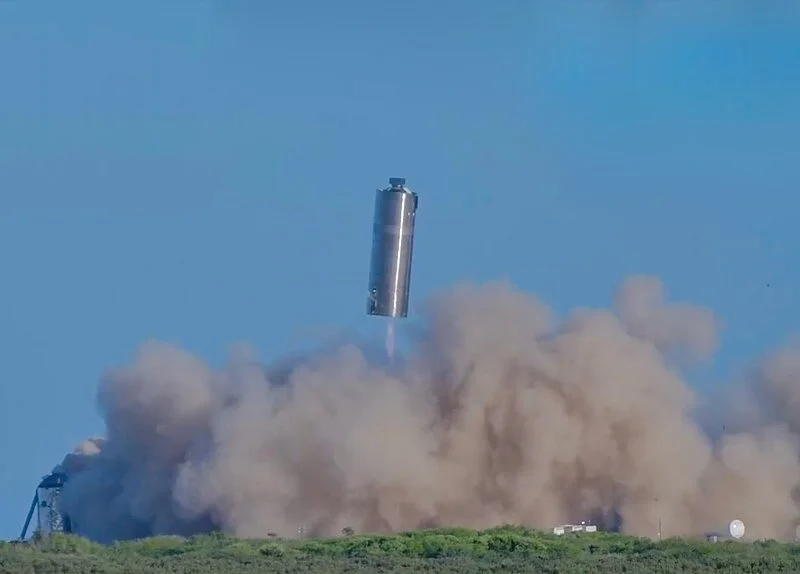Demo 2 - they're down!
After a departing the space station yesterday, the Demo 2 test flight has concluded with a splashdown in the Gulf of Mexico just off the western coast of Florida. This is the first crewed splashdown since the 1975 Apollo-Soyuz mission (the Soyuz capsules descent under parachute, but they return on land).
The claw jettison was completed at 6:51pm BST, 1:51pm EDT, 10:51am Pacific, with the trunk a minute later, whilst Dragon was over the sea to the west of Australia. The trunk can be used for cargo that doesn’t need to be pressurised on the way up to the ISS, and on the way back it provided some services to the capsule such as solar power. The claw is the connection of fluids and electricity from Dragon to trunk. However, it does not have heat shielding and so it was detached to reveal the heat-shield of dragon. The trunk burns up in the atmosphere - but it will take about a year for this to happen as it was detached before the de-orbit burn.
The capsule then fired an 11 minute, 22 second de-orbit burn at 6:56pm (BST), or 1:56pm (EDT), 10:56am Pacific. This firing was in the direction that the capsule was moving in, so the capsule slowed. This meant that its path under gravity would become more curved and the capsule would inevitably enter the atmosphere. The interaction of the atmosphere robs the capsule of more of its kinetic energy, slowing it further.
At 19:36pm (BST), 2:36pm(EDT), 11:36 Pacific, the capsule began to enter the atmosphere and the final stages of splashdown - the blackout period was expected to be 6 minutes.
Apollo 10 in London - showing what is left of the heat shield
It is often said that the heating is due to the friction between capsule and the atmosphere, but that isn’t the whole story. As the capsule is moving so quickly, the atmosphere is rapidly compressed - it can’t get out of the way quickly enough. This rapid compression leads to heating, as can be seen by rapidly compressing a bicycle pump when a thumb is held over the outlet.
The capsule is protected by an ablative heat shield - the heat shield is sacrificed to protect the capsule itself. This is technology that was used back in the days of Apollo and earlier.
The temperature rise is so extreme that a plasma forms around the craft, and this ionised gas interferes with radio communications.
Once slow enough, drogue chutes were deployed, this happened at 7:44pm BST (2:44pm EDT), 11:44am Pacific. These parachutes are designed to be deployed at high speed (about 300mph) , and provide some drag to slow the craft, but not so much that the deployment would cause damage.
About 45 seconds later, at 7:45pm BST (2:45pm EDT, 11:45am Pacific) and the spacecraft was at about 120mph, the main parachutes were deployed. These could provide more drag and reduce the speed to about 15mph, so that splashdown could occur.
The technology involved in the parachutes, and their deployment is fantastic, and often taken for granted. it isn’t as simple as ‘throwing out some cloth’. There’s a lot of engineering involved.
Splashdown was at 7:48pm (BST) or 2:48pm (EDT), 11:48am (Pacific).
On splashdown, the capsule is balanced so it floats ‘upright’, and the parachutes are automatically cut free. If need be, the astronauts could exit the side hatch, but this was not the plan. A rescue craft was waiting in the splashdown zone. Fast boats would get to the capsule, check that no propellant is leaking and then rig it to be winched on board the main vessel. This then allows the astronauts to exit when on the deck of the ship.
Recent Space Posts
More Space Posts









